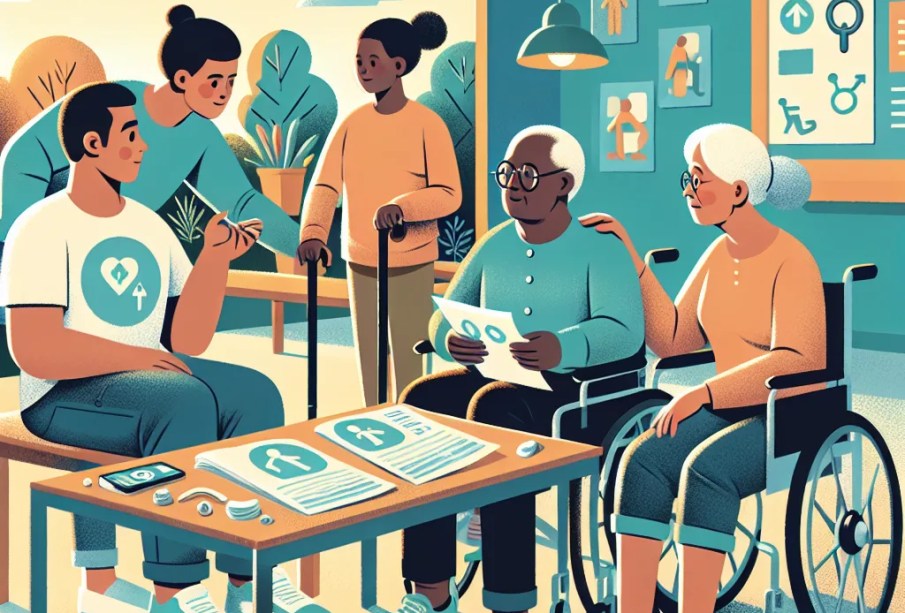Navigating the Complexities of Personal Independence Payment (PIP) in 2025: What You Need to Know

Understanding Personal Independence Payment (PIP) in the UK
Personal Independence Payment (PIP) is a benefit designed to help adults with extra living costs due to long-term illness or disability. Understanding PIP and how to effectively manage the application process can significantly impact those in need. This guide will provide insights into what PIP entails, eligibility criteria, and tips to navigate the application process as we look towards 2025.
What Is Personal Independence Payment (PIP)?
PIP is a non-means-tested benefit, replacing Disability Living Allowance (DLA) for individuals aged 16 to State Pension age. It aims to assist with some of the extra costs arising from a health condition or disability. PIP is administered by the Department for Work and Pensions (DWP) and is available whether you are in work or not.
Eligibility Criteria
To qualify for PIP, you must have a health condition or disability where you:
- Have had difficulties with daily living or getting around (or both) for 3 months
- Expect these difficulties to continue for at least 9 months
PIP is assessed on how your condition affects you, not the condition itself. Residents of England, Scotland, and Wales who meet these conditions are eligible to apply.
The PIP Assessment Process
The PIP assessment aims to determine how your condition affects your life. This is broken down into two components:
- Daily living component
- Mobility component
You might be asked to attend a face-to-face consultation as part of your assessment. Information on preparing and what to expect can be found on the Department for Work and Pensions website.
How to Apply for PIP
Applications for PIP can be initiated over the phone. Alternatively, you can download the PIP claim form from the official Government website.
It’s advantageous to prepare specific documentation and information before applying:
- Personal identification and your National Insurance number
- Contact details of your GP and any specialists you visit
- Details on medications and treatments
- An overview of how your disability impacts your daily life
Tips for a Successful PIP Application
Here are several tips to enhance the likelihood of a successful PIP application:
- Detail your daily challenges: Be thorough in describing how your condition affects your everyday activities. More detail can lead to a more accurate assessment.
- Gather comprehensive medical evidence: Strong documentation, such as medical reports and doctor’s notes, supports your application.
- Prepare for your assessment: Reviewing common questions and practising your responses can help you present a complete picture of your situation during the assessment.
Managing PIP Payments
Once approved, PIP payments are made directly into your bank, building society, or credit union account. These payments are usually made every four weeks, and you’ll be classified under one of the two components, depending on how your condition affects you:
- Daily Living Component
- Mobility Component
Both components have two rates – standard and enhanced – based on the severity of the condition.
Conclusion
Navigating the complexities of PIP can seem daunting, but understanding the purpose, process, and preparation involved can ease the experience and potentially provide substantial support to those who need it most.
For further guidance and advice, visiting the Citizens Advice is highly recommended, as they offer comprehensive support with PIP applications. Remember, accurate documentation and detailed preparation are your best tools in this process.


















